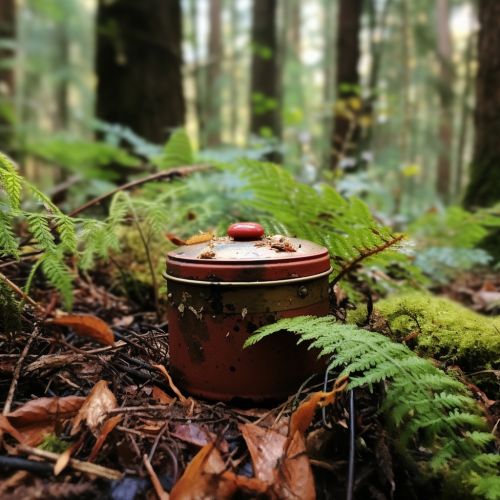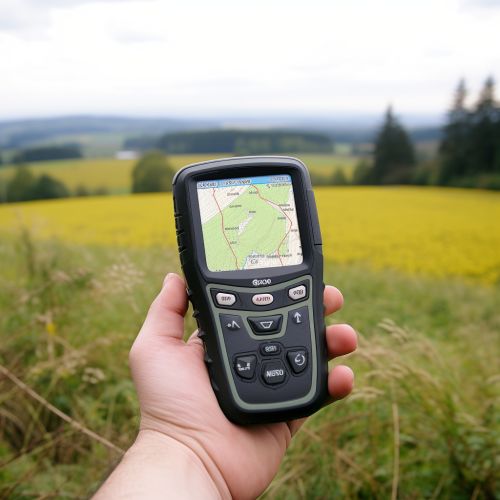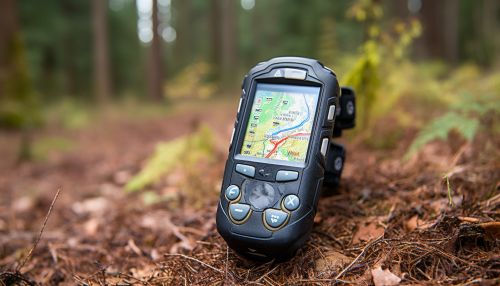Geocaching
Introduction
Geocaching is an outdoor recreational activity that involves the use of GPS or other navigational techniques to hide and seek containers, known as "geocaches" or "caches", at specific locations marked by coordinates all over the world.


History
The history of geocaching can be traced back to the improvements in GPS technology. The idea was first conceived shortly after the removal of Selective Availability from the Global Positioning System on May 2, 2000, which significantly improved the precision of these systems and made such games possible.


Gameplay
A typical cache is a small waterproof container containing a logbook where the geocacher signs their established code name and date they found it. Larger containers such as plastic storage containers or ammunition boxes can also contain items for trading, usually toys or trinkets of little financial value.


Geocaching Types
There are several different types of geocaches, each offering a unique approach to the game. These include Traditional Geocaches, Mystery or Puzzle Caches, Multi-Caches, EarthCaches, Letterbox Hybrids, Wherigo Caches, Event Caches, Cache In Trash Out Events (CITO), Mega-Events, Giga-Events, and GPS Adventures Maze Exhibits.
Geocaching Etiquette
Geocaching etiquette is based on respect for the environment and other people's property. This includes not trespassing on private property, not leaving trash in geocaching areas, and not disturbing the natural environment.


Impact on Tourism
Geocaching has been beneficial for tourism as it encourages outdoor play and exploration of new areas. It has been incorporated into tourism marketing strategies as it is a low-cost, interactive way to engage tourists.


